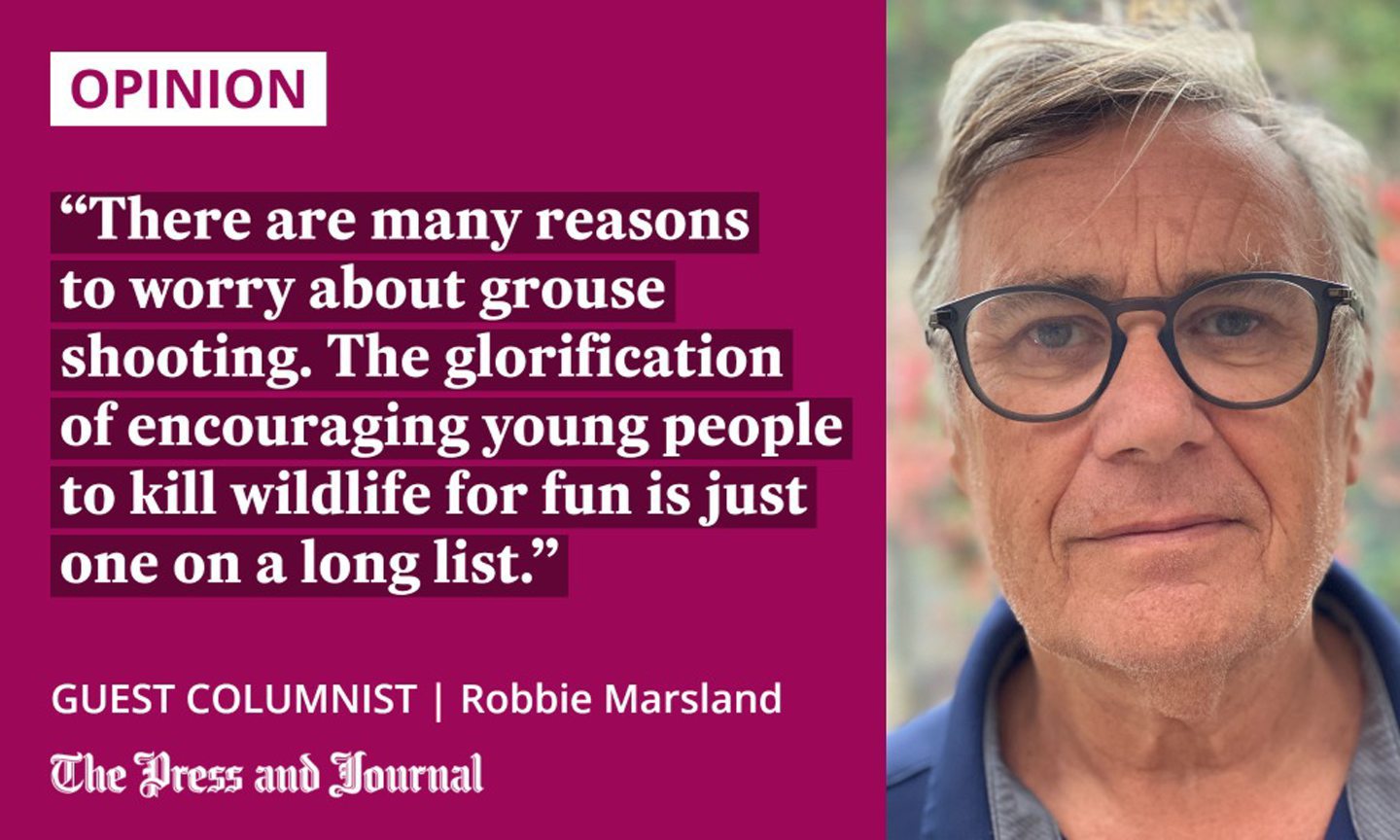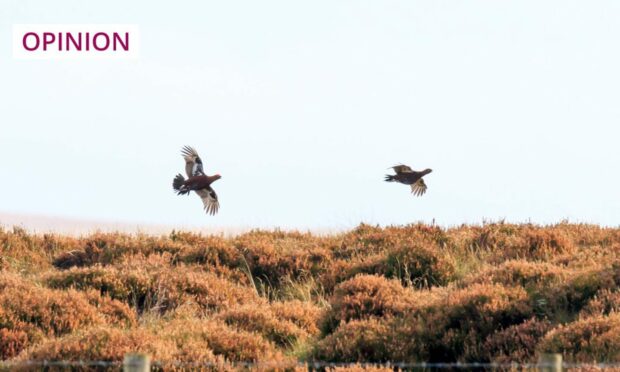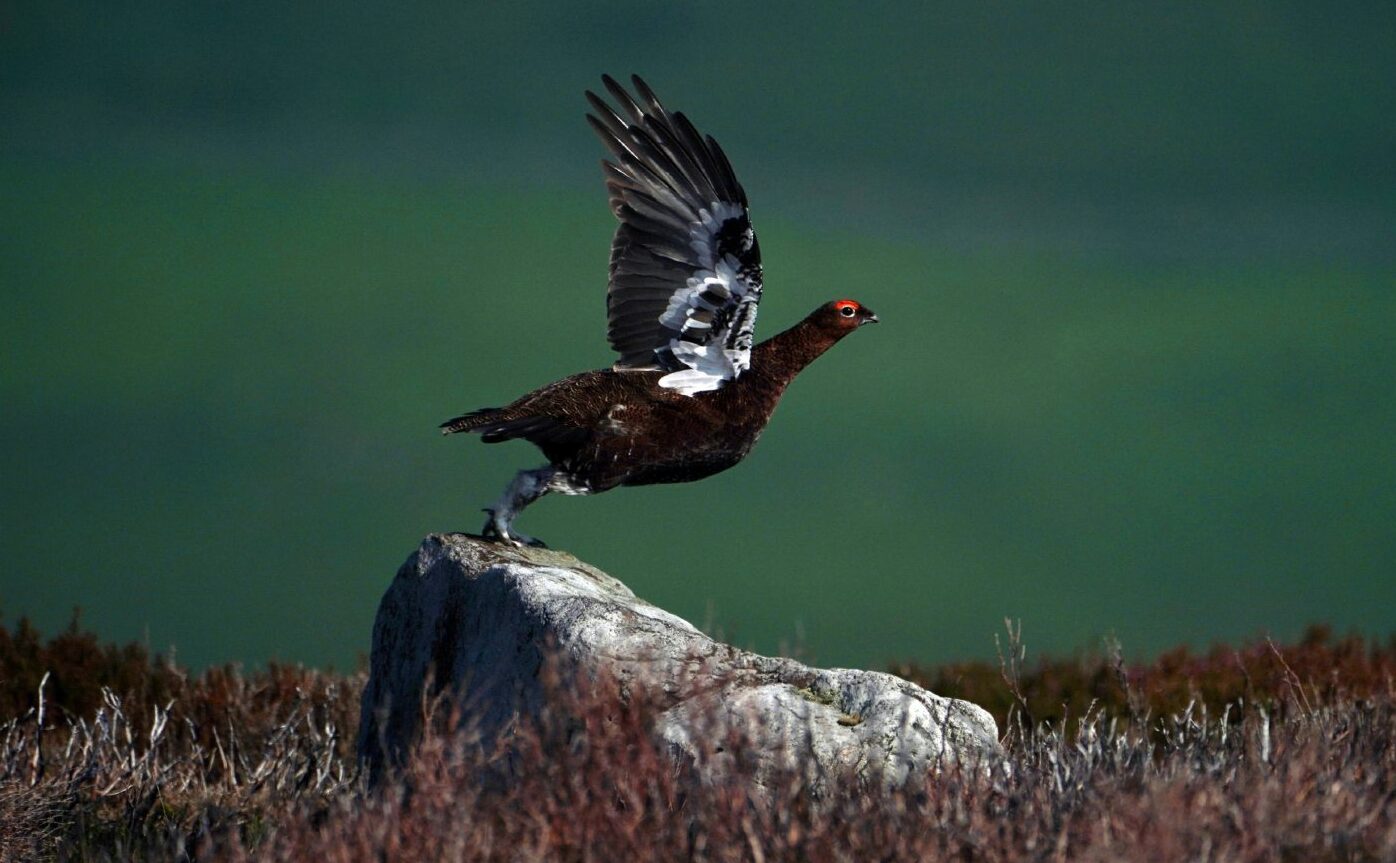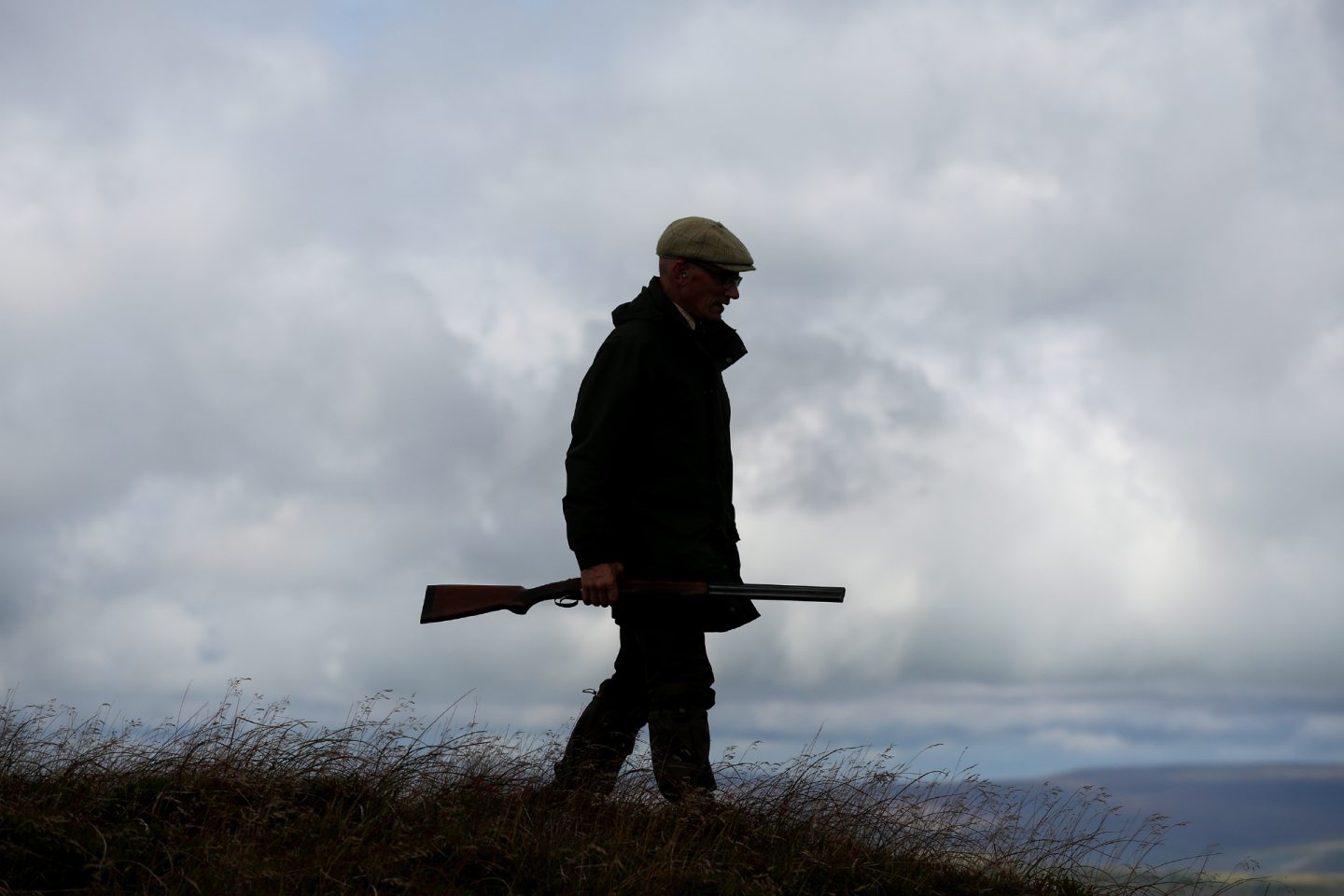“High above Perthshire, a covey of grouse takes flight. 14-year-old Archie lifts his barrels, takes aim and pulls the trigger.
“A single grouse tumbles from the air and is retrieved. A special moment. It is Archie’s first grouse – a memory he will love and cherish forever.”
A special moment, indeed. Behind this tweet from Scottish Land & Estates lies one of life’s mysteries. Why do a minority believe that there is nothing wrong in taking an animal’s life for entertainment?

Generally speaking, most pre-teens love animals. Teddy bears, “lambies” and fox pyjamas are all part and parcel of early life for most children. The media and the commercial world know this, and constantly market endearing and cute images of foxes, doves and even “Ratty” the rat.
Foxes have a particularly interesting role in the media. The 2009 stop-motion film Fantastic Mr Fox gave us George Clooney and Meryl Streep championing a couple of downright cool foxes. In 2013, Ylvis went viral with track What Does The Fox Say? And the logo of children’s educational brand Pinkfong, responsible for the Baby Shark Dance, is – guess what? A fox.
Foxes and many wild animals form the backbone of children’s love for animals. But then something happens. Somewhere in the process towards adulthood, a minority of people start on a journey that leads them to describe killing animals as a part of their “way of life”.
Is it OK to glorify killing for fun?
Air rifles are often a “gateway” into this world.
At the age of 14 – the same age as the lad in the Scottish Land & Estates’ tweet – and while my parents were out, I positioned myself at an open window with my .22 air rifle. Within minutes, a crow landed on the lawn, and I took my shot. Dead.
As about a dozen other crows looked down at their recently departed mate, I took in a gulp of guilty air and thought: “I’m never going to do that again.”
But what if my parents had been there? What if they had encouraged me to take the shot, and congratulated me when the crow collapsed onto the grass?
What if they’d told me crows were “vermin”? What if they’d suggested I next went fox hunting or grouse shooting? What then?
Is it as simple as that? I think not.
I’m sure there are many young people who abhor the idea of killing animals for entertainment, even though their parents hunt or shoot. And there are probably some young people out there who like to kill animals even though their parents find it repellent.
The immediate online response to Scottish Land & Estates’ tweet, where the vast majority were saddened and angry, suggests that there is a groundswell rising against this apparently tone-deaf glorification of killing for fun. Indeed, the organisation might now be regretting that this tweet was ever sent out.
Young people deserve to question the morality of shooting
There are many reasons to worry about grouse shooting. The glorification of encouraging young people to kill wildlife for fun is just one on a long list.
At the heart of that circle of destruction is a belief that it’s OK to kill an animal for entertainment
There is a circle of environmental, animal and social destruction surrounding a grouse shooting industry that does all it can to ensure an overabundance of grouse so that more can be shot each year.
Hundreds of thousands of predator animals are killed annually in the hope that it will increase the numbers of grouse. Thousands and thousands of hectares of land are burnt to provide the grouse with more food and, overall, a swathe of Scotland half the size of Wales contributes less to the economy than one large supermarket.
But, at the heart of that circle of destruction is a belief that it’s OK to kill an animal for entertainment.
I’m glad that I had time to stare into my own consciousness that day at my window and recognise how I felt. I hope other young people who are being told, by the shooting industry and its proponents, that this behaviour is OK are allowed the same opportunity to ask themselves what is right and what is wrong when it comes to taking an animal’s life.
Robbie Marsland is director of the League Against Cruel Sports in Scotland, which is the founding member organisation of the Revive coalition



Conversation